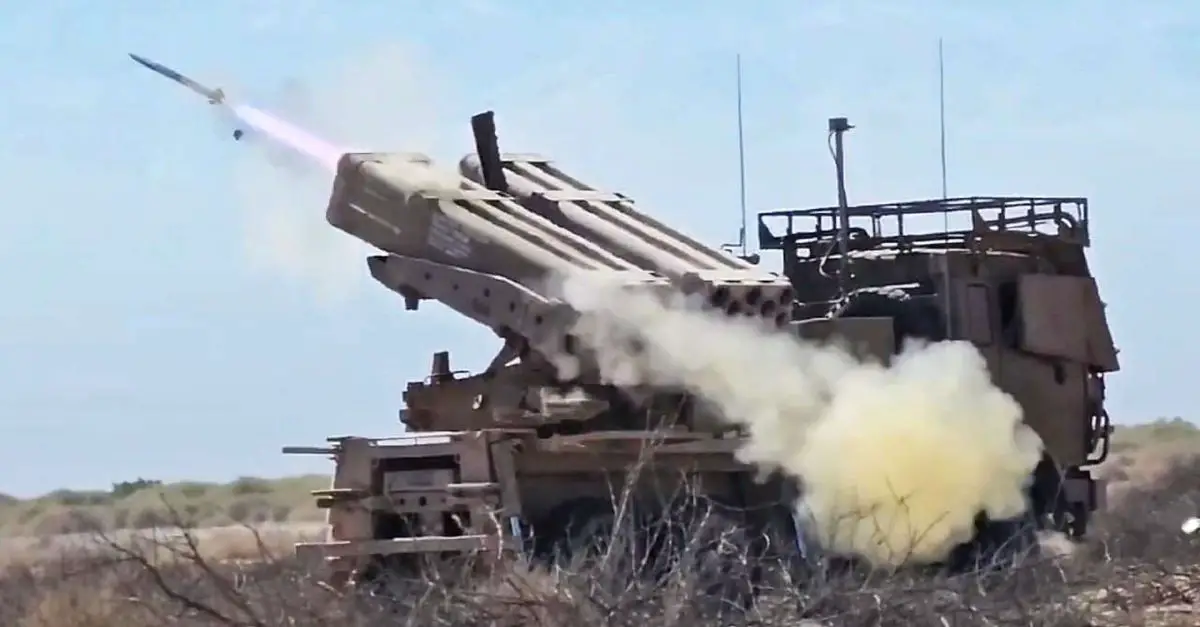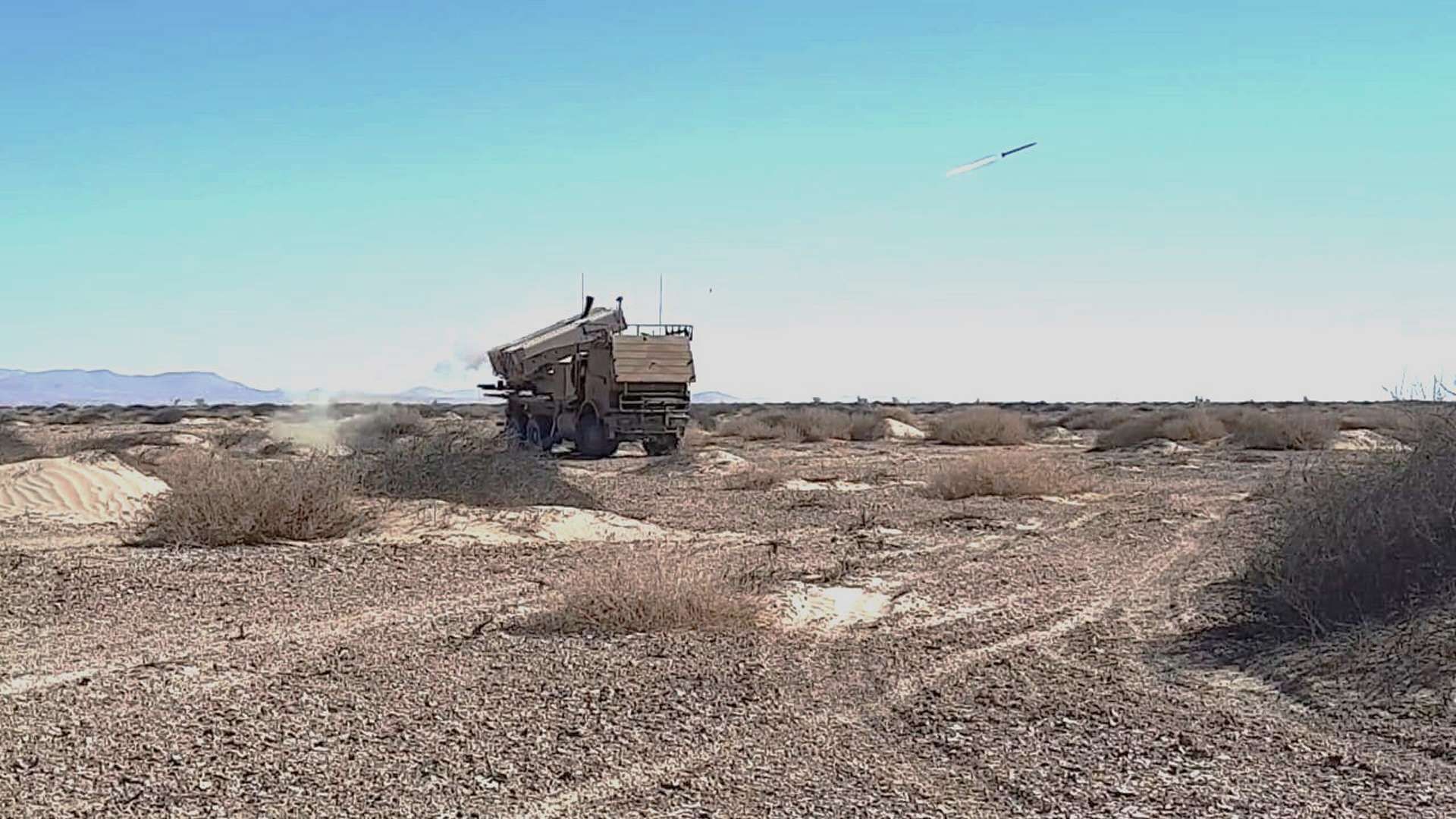Breaking News
Chilean Army conducts key artillery exercise with Israeli LAR-160 MLRS.
On August 7, 2024, the Chilean Army's Artillery Group No. 6 “Dolores” carried out a live ammunition drill to evaluate the tactical and technical capabilities of their units. This included assessing fire positions, shooting control, telecommunications, combat support, and observation posts. The exercise culminated with the launch of Tralcan rockets, utilizing one of their eight LAR-160 Multiple Launch Rocket Systems (MLRS).
Follow Army Recognition on Google News at this link

The Israeli LAR-160 multiple launch rocket system (MLRS) is designed to be mounted on various chassis, such as the German Mercedes truck chassis combined with FAMAE-built rockets, which are used by the Chilean military. (Picture source: Chilean MoD)
The LAR-160 MLRS, developed by Israel Military Industries (IMI) in the late 1970s, is a modular artillery system with a 160 mm caliber. Originally intended to use conventional 155 mm artillery shells, the system adopted the 160 mm caliber during development. The LAR-160 can launch rockets with ranges between 12 km and 45 km and is designed to be mounted on various chassis, such as the German Mercedes truck chassis combined with FAMAE-built rockets, which are used by the Chilean military.
Standard LAR-160 launchers hold two 13-rocket Launch Pod Containers (LPCs) for truck or trailer mounting. Medium armored vehicles, like the AMX-13 and TAM, can carry 18-rocket LPCs, while main battle tank chassis can mount up to 26 rockets. A lightweight version exists for helicopter carriage or towing by vehicles such as the HMMWV.
The system's artillery components include a platform that rotates horizontally and a frame for guide packs. This frame, driven by an electro-hydraulic mechanism, allows vertical rotation from 0° to +45° and horizontal rotation by ±85°. The launchers, with fiberglass tube guides, use factory-sealed reactive projectiles that can be stored for up to 15 years. After launch, these packages are replaced by new ones using a crane.

After launch, the two 13-rocket Launch Pod Containers (LPCs) are replaced by new ones using a crane. (Picture source: Chilean MoD)
The LAR-160 rockets, including the Mk-1, Mk-2, and Mk-4, have ranges up to 45 km. These rockets are stabilized in flight by four-blade stabilizers and come with fragmentation and cluster warheads. The cluster warheads contain 104 U.S.-made M77 submunitions designed to engage personnel, military equipment, and light armored vehicles. Each submunition has an effective radius of 3-4 meters and can penetrate up to 40 mm of armor.
The system also features the FERA fire control system, similar to those used in LARS-1 and LARS-2 systems. FERA improves firing accuracy by using radar to track rocket trajectories and adjust sighting devices based on real-time data, accounting for errors in target coordinates and firing positions. This system is estimated to improve firing efficiency by about 60%.
The LAR-160 has been deployed internationally and modified over time. Venezuela received 20 systems mounted on AMX-13 chassis, while the Israeli army uses versions on the American M-548 tracked transporter. Argentina's TAMSE developed the TAM VCLC variant, integrating the LAR-160 on the TAM tank chassis.
Modernization efforts have introduced the GRADLAR variant, capable of launching Grad missiles, and the NAVLAR version for naval use. Advances in warhead technology, such as cluster warheads for anti-tank mines and trajectory correction systems (TCS), have enhanced its range and accuracy.



















